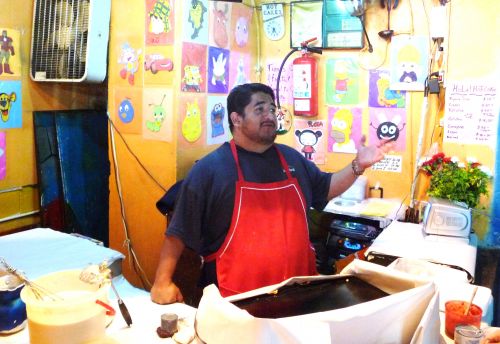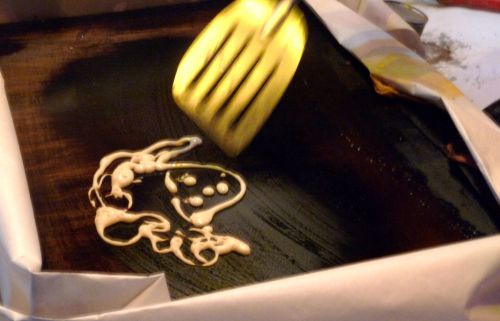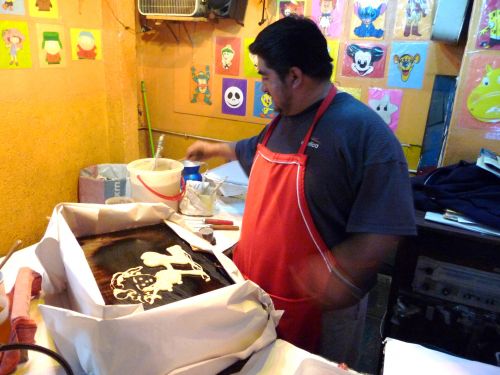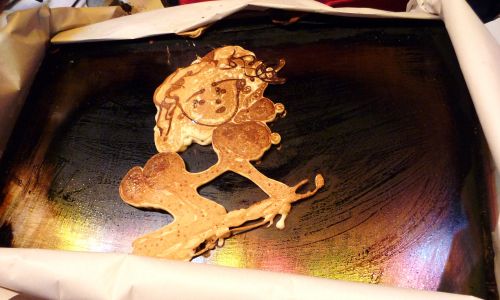In a letter written in 1952, S.J. Perelman described Acapulco as “a dreadful place, the epitome of touristic enterprise: gouging, arrogant mid-Western trippers, diarrhea, heat, and poverty and filth peeping out behind a Miami Beach facade.” If he could see it now, he would surely do headstands in his grave. The Costera, as the boulevard which lines the beach is known, is the nightmare por excelencia of tourist overdevelopment, with every inch of space sold to the highest bidders -- principally developers of condo towers; owners of tacky, overpriced restaurants, and the sort of bars where spring breakers of all ages, in any season, drink 3 for 1 margaritas in fish bowls until they either vomit, bungee-jump or do both at once.
High in the hills near the old center of town is an oasis called Hotel Los Flamingos. It is sufficiently far from the chaos of the Costera that no neon lights are visible, and the only sounds are the crash of the waves below and, in the early morning or late afternoon, piercing birdsong. Los Flamingos was built in 1930, but in the 1950s was bought by several Hollywood stars who had fallen in love with Mexico while shooting films here. Among the owners at the time was Johnny Weismuller, who, as Tarzan, actually swung from vines in the Acapulco area.
John Wayne was another Los Flamingos stalwart. The lad in the photo with him, who I imagine is now in his 60s, is the current owner of the hotel and on the premises daily.
From nearly all of the rooms, and the hotel’s bar, pictured here, you can see the most spectacular sunsets.
Tarzan, move over. As Anne Sexton wrote, "The sun of this month cures all."
The Flamingos, built on cliffs 450 feet above sea level, is nowhere near the beach but has this delightful kidney-shaped pool. You have to be a little insistent if you want them to bring you towels, and also need to exercise patience after ordering something from the bar.
My favorite Mexican writer, Jorge Ibargüengoitia, wrote that "Dentro de lo horrible, Acapulco siempre ha sido maravilloso," which more or less translates as, “Regardless of how horrible it is, Acapulco has always been marvelous.” This is a view of the sunset from the terrace of my room. Click here to get to the Flamingos’ website.












